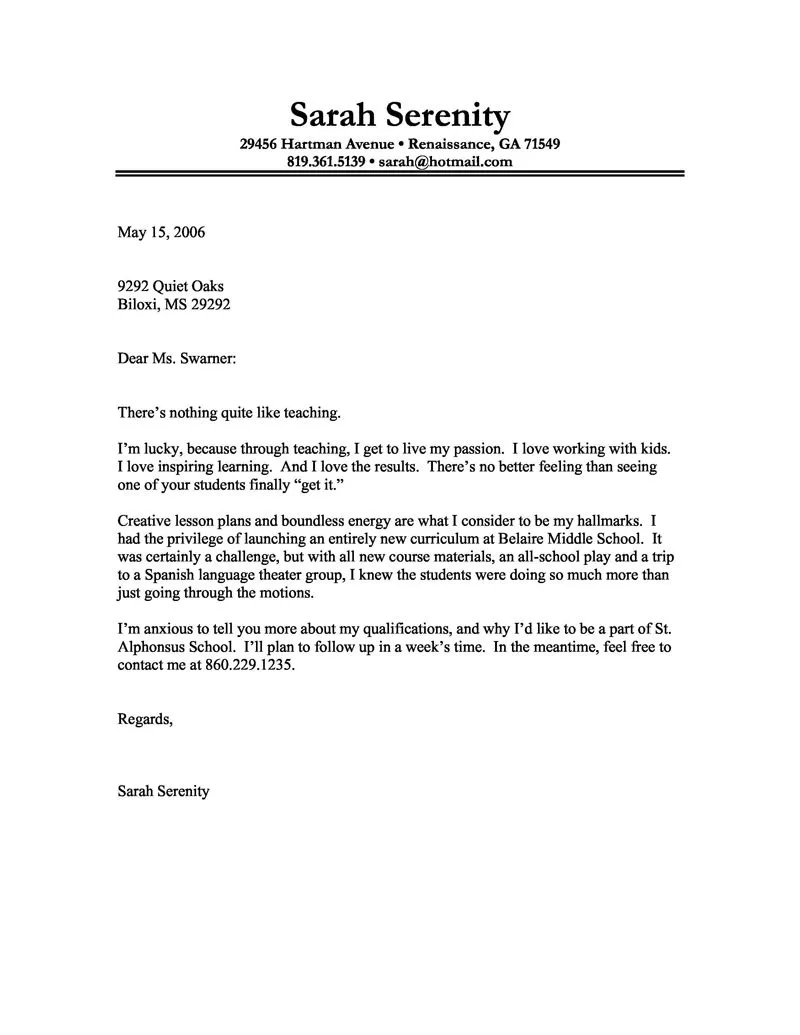Cover Letter Secrets Unleashed
In today’s competitive job market, a well-crafted cover letter is more than just a formality it’s your first opportunity to make a lasting impression. It’s your chance to introduce yourself, highlight your most relevant skills and experiences, and demonstrate why you’re the perfect fit for the role. Forget generic templates the best cover letters are personalized, engaging, and strategically designed to capture the hiring manager’s attention. This guide will unveil the secrets to writing a cover letter that not only impresses but also significantly boosts your chances of landing an interview. We’ll explore how to effectively showcase your experience, tailor your letter to each specific job, and present yourself in a way that makes you stand out from the competition. Get ready to transform your job application and unlock your career potential.
Highlighting Your Experience
Your experience is your most valuable asset, and your cover letter is the perfect platform to showcase it. Don’t just list your past roles; demonstrate how your previous experiences align with the requirements of the job you’re applying for. Focus on the accomplishments and responsibilities that are most relevant to the position. Use action verbs to describe your contributions and avoid vague language. Your goal is to make it immediately clear to the hiring manager that you possess the skills and knowledge needed to excel in the role. Think of your cover letter as a highlight reel of your career, specifically tailored to the job at hand. Showcasing your experience effectively is the cornerstone of a successful cover letter.
Quantify Your Achievements
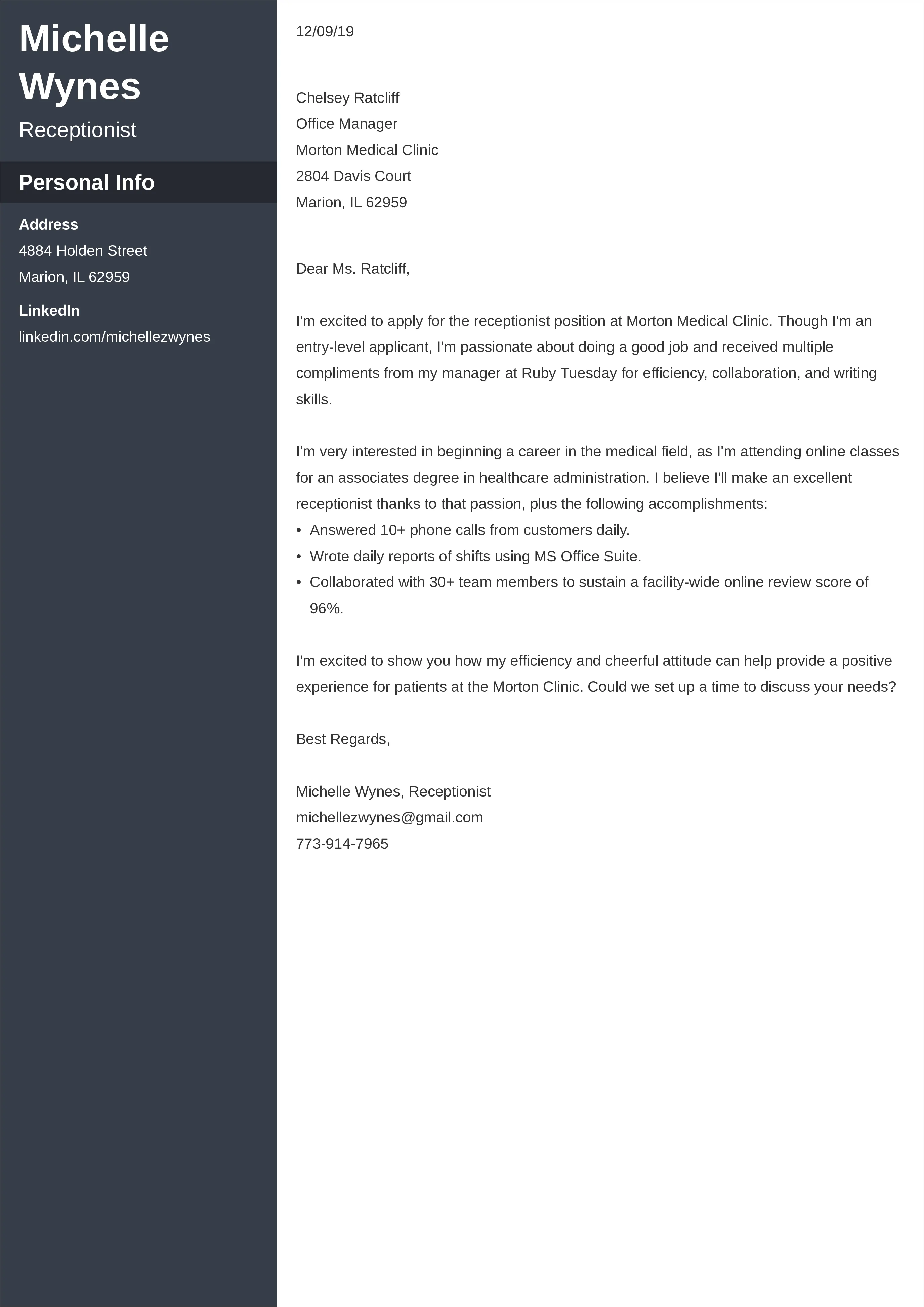
To truly impress, go beyond simply stating your experience; quantify your achievements whenever possible. Use numbers, percentages, and specific data points to illustrate your impact in previous roles. Instead of saying you ‘improved customer service,’ state that you ‘increased customer satisfaction scores by 15% within six months.’ Instead of saying you ‘managed a team,’ mention the ‘size of the team’ and the ‘projects’ you managed. Quantifiable results provide concrete evidence of your skills and make your accomplishments more credible and memorable. This level of detail demonstrates that you’re not only skilled but also results-oriented, a highly desirable quality in any candidate. By quantifying your achievements, you transform your cover letter from a list of responsibilities into a compelling story of success.
Tailoring Your Cover Letter
Generic cover letters are a surefire way to end up in the rejection pile. The most effective cover letters are meticulously tailored to each specific job application. This means carefully reading the job description and identifying the key skills, qualifications, and requirements that the employer is seeking. Then, customize your cover letter to directly address those needs, highlighting the relevant experiences and skills you possess. This shows the hiring manager that you’ve taken the time to understand the role and are genuinely interested in the opportunity. Tailoring your cover letter demonstrates initiative, attention to detail, and a commitment to the specific job, significantly increasing your chances of getting noticed.
Researching the Company
Before you even begin writing your cover letter, invest time in researching the company. Understand their mission, values, and recent activities. Explore their website, social media presence, and any news articles or press releases about them. This research will not only help you tailor your cover letter more effectively but will also demonstrate your genuine interest in the company. Mention specific projects, initiatives, or values that resonate with you, showing that you’ve gone above and beyond to understand the company’s culture and goals. This level of detail sets you apart from the candidates who send out generic applications. Knowledge is power, and in the job search, it gives you a significant edge.
Using Keywords Strategically
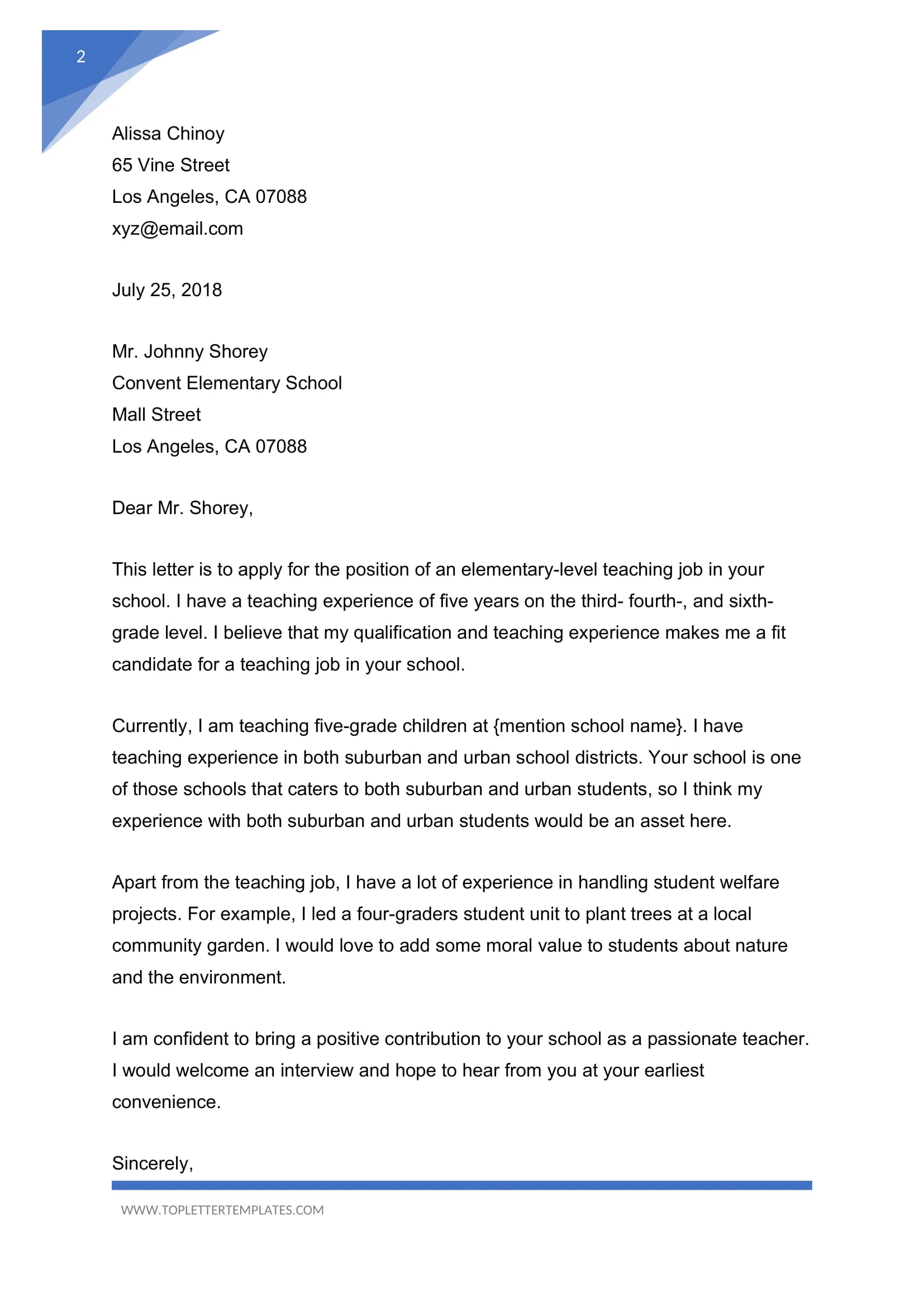
Many companies use applicant tracking systems (ATS) to scan cover letters and resumes for relevant keywords. To ensure your application gets past this initial hurdle, carefully incorporate keywords from the job description into your cover letter. Identify the key skills, qualifications, and requirements mentioned in the job posting and weave these terms naturally into your writing. However, avoid keyword stuffing; your cover letter should still read smoothly and authentically. The goal is to demonstrate that you possess the skills and experience the employer is seeking while also showcasing your writing ability. By using keywords strategically, you increase your chances of your cover letter getting noticed by both the ATS and the hiring manager.
Showcasing Your Skills
Your cover letter is an excellent opportunity to highlight both your hard skills and soft skills. Hard skills are the technical abilities and knowledge you’ve acquired through training and experience, such as proficiency in a specific software program or a particular methodology. Soft skills, on the other hand, are the interpersonal and emotional intelligence skills that enable you to work effectively with others, such as communication, problem-solving, and teamwork. When showcasing your skills, provide specific examples of how you’ve used them in previous roles. This approach gives the hiring manager concrete evidence of your abilities. Use action verbs and quantify your achievements to make your skills more impactful. The most effective cover letters demonstrate a blend of both hard and soft skills, painting a well-rounded picture of your capabilities.
Soft Skills vs Hard Skills
Both hard skills and soft skills are crucial, but the emphasis on each can vary depending on the job. For technical roles, hard skills often take precedence, but even in these positions, soft skills like communication and problem-solving are essential. In roles that require a high degree of collaboration and interpersonal interaction, soft skills may be even more critical. Consider the specific requirements of the job and tailor your cover letter to emphasize the skills that are most relevant. Don’t simply list your skills; provide examples of how you’ve used them to achieve positive results. This shows the hiring manager that you can translate your skills into tangible outcomes. Balance is key tailor your presentation of both hard and soft skills to align with the job requirements.
Formatting for Impact
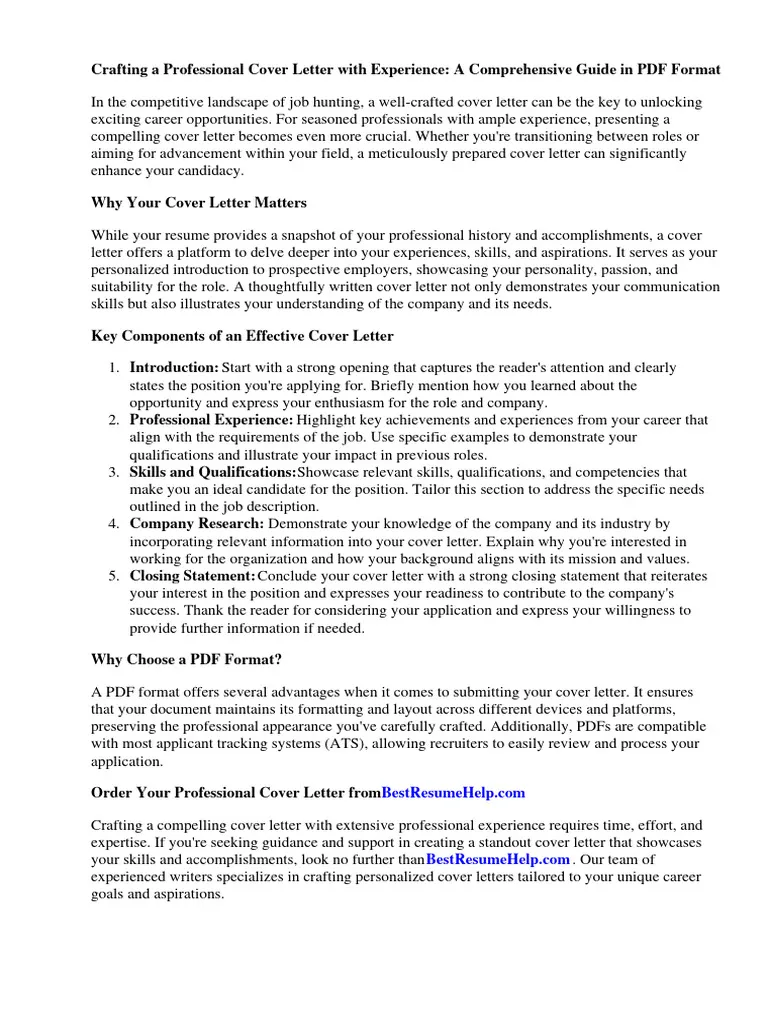
The visual presentation of your cover letter is just as important as its content. A well-formatted cover letter is easy to read and makes a positive impression. Use a professional font, such as Times New Roman, Arial, or Calibri, and maintain consistent font sizes throughout. Keep your letter concise, aiming for one page in length. Use clear headings and subheadings to break up the text and make it more scannable. Use bullet points to highlight key accomplishments and skills. Ensure proper spacing between paragraphs and sections. A well-formatted cover letter shows attention to detail and professionalism, conveying a positive image to the hiring manager. Your cover letter should be visually appealing and easy to navigate.
Choosing the Right Font and Layout
The choice of font and layout can significantly impact how your cover letter is perceived. Opt for a clean, easy-to-read font that reflects a professional tone. Avoid overly stylized or decorative fonts that can distract from the content. Maintain consistent formatting throughout the document, including font size, line spacing, and margins. A layout that is too dense can be overwhelming, while excessive white space can make your letter appear incomplete. Aim for a balance that is both visually appealing and easy to read. Choose a layout that guides the reader’s eye and highlights the most important information. A well-designed layout makes your cover letter more engaging and increases the chances of it being read thoroughly.
Proofreading and Editing
Typos, grammatical errors, and spelling mistakes can instantly undermine your credibility. Proofreading and editing are essential steps in the cover letter writing process. Before submitting your application, carefully review your cover letter for any errors. Read it aloud to catch any awkward phrasing or inconsistencies. Have a friend or family member review it as well; a fresh pair of eyes can often spot mistakes that you’ve missed. Make sure your grammar, punctuation, and spelling are perfect. A polished cover letter demonstrates your attention to detail and professionalism. Proofreading is not just about catching errors; it’s about ensuring that your writing is clear, concise, and persuasive. Always take the time to refine your cover letter before submitting it.
Checking for Grammar and Spelling Errors
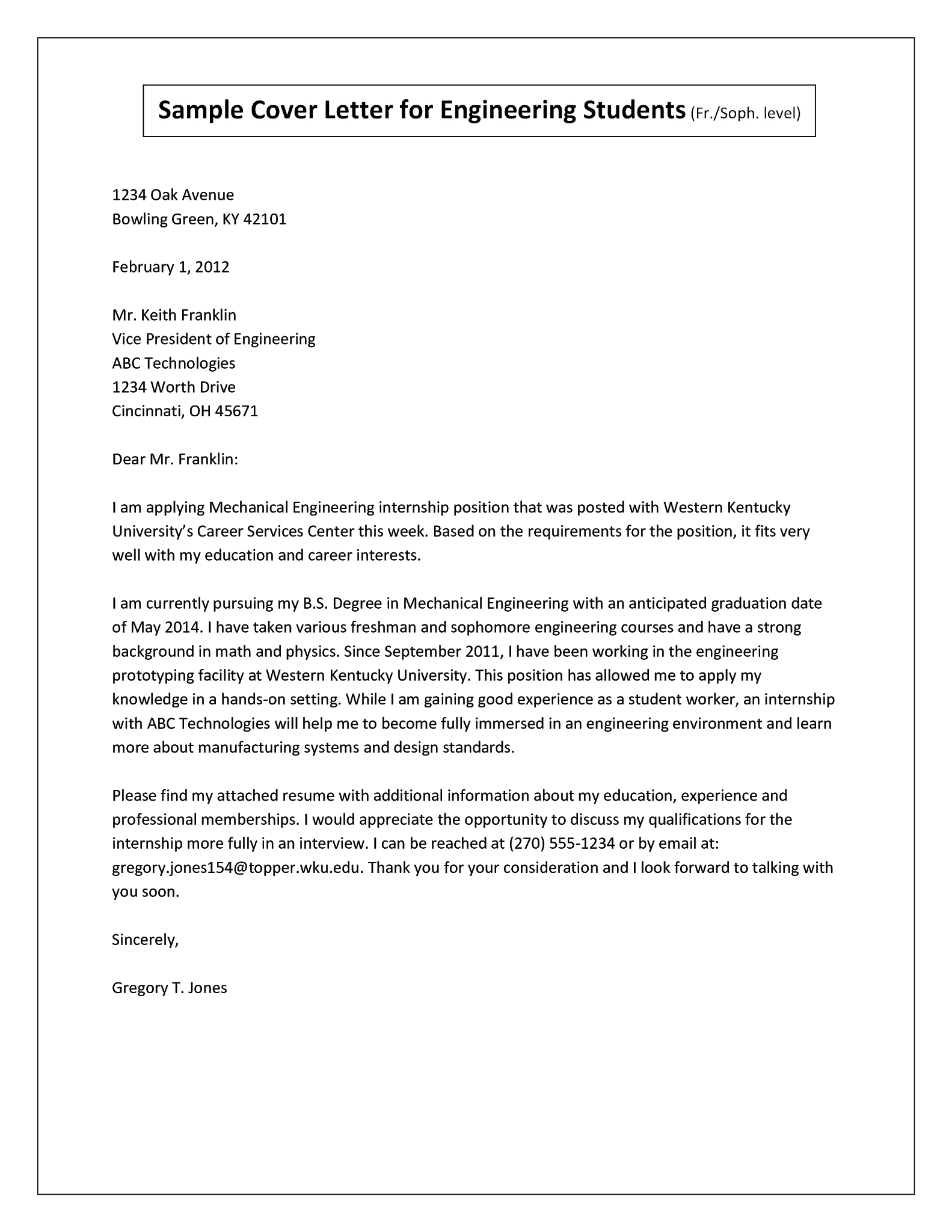
Grammatical errors and spelling mistakes can instantly make you appear unprofessional and may even lead to your application being rejected. Use a spell checker and grammar checker to identify potential issues. However, don’t rely solely on these tools; they may not catch all errors. Read your cover letter carefully and look for any inconsistencies, awkward phrasing, or incorrect word usage. Make sure your sentences are clear, concise, and grammatically correct. Pay attention to punctuation, as incorrect punctuation can alter the meaning of your sentences. Check for common errors, such as subject-verb agreement and tense consistency. Take your time and review your cover letter thoroughly to eliminate any errors that could detract from your application.
The Call to Action
End your cover letter with a strong call to action. Clearly state your interest in the position and express your enthusiasm for the opportunity. Indicate how you would like to proceed, whether it’s an invitation to schedule an interview or a request for further information. Make it easy for the hiring manager to take the next step. Your call to action should be confident and assertive, but also respectful and professional. Avoid generic phrases like ‘I look forward to hearing from you.’ Instead, try something like ‘I am eager to discuss how my skills and experience can benefit your team. Thank you for your time and consideration. I am available for an interview at your earliest convenience.’ A well-crafted call to action can significantly increase your chances of moving forward in the hiring process.
Expressing Enthusiasm and Interest
Your enthusiasm for the opportunity should shine through in your cover letter. Express your genuine interest in the position and the company. Show the hiring manager that you’ve researched the company and are excited about the prospect of joining their team. Explain why you’re interested in the role and how it aligns with your career goals. Demonstrate your passion for the work and your commitment to making a valuable contribution. Your enthusiasm will not only make your cover letter more engaging but will also make you more memorable. Your genuine excitement can be contagious, making the hiring manager more likely to see you as a strong candidate. Remember to sound professional while conveying this excitement.
